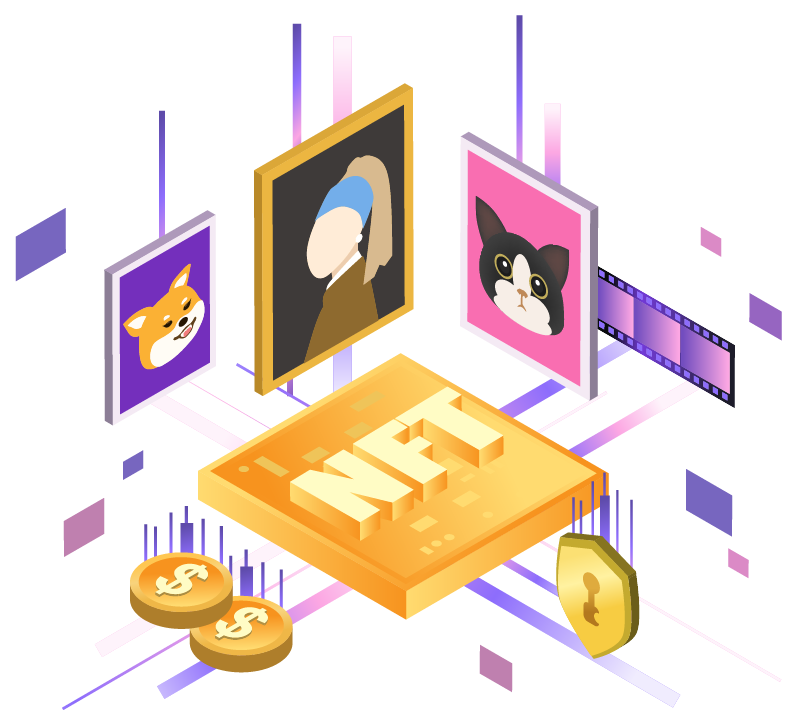Satoshi
A satoshi refers to the smallest denomination of the bitcoin cryptocurrency. A satoshi is 1 / 100,000,000 of a bitcoin or one bitcoin is equal to 100 million satoshis or sats. It is named after the unknown creator of the Bitcoin protocol, Satoshi Nakamoto.
Satoshi Nakamoto
An unknown individual or entity who created the Bitcoin protocol, being the first to successfully solve the digital currency issue of ‘double spending’. Satoshi Nakamoto first published his paper describing Bitcoin in October 2008 and the first software was released in January 2009.
Scalability
Scalability refers to a blockchain’s capacity to handle transactions per second, future growth and capacity in its intended application.
Scrypt
Scrypt is a hash function first used by the cryptocurrency Litecoin as an alternative to SHA-256 hash function. It was designed to be significantly friendly to CPU and GPU miners, whereas limiting the benefits of ASIC miners. Scrypt proof-of-work refers to the Hashcash proof-of-work known for its use in Bitcoin, as part of the mining algorithm, with the employment of Scrypt as underlying hash function. What makes the Scrypt function different from the SHA-256 function is that it is memory intensive. It requires miners to generate numbers rapidly and also store them in the Random Access Memory (RAM) of the processor before submitting a result.
SHA 256
Secure Hash Algorithm 256, also known as SHA-256, is a one-way cryptographic function designed to secure digital information. The function uses a complex mathematical process that converts text of any length into 256-bit (64-character long) string of letters and numbers, and is the basis for bitcoin’s proof of work system.
Sharding
Sharding is a mechanism typically used to partition databases so as to increase response time. Partitions are called shards. Similarly, a blockchain can be partitioned in shards to scale and allow for more transaction per second. They all process transactions, and communicate frequently their ledger status over to the first layer blockchain that records the updates of the second layer, with an aim to avoid clogging of the network due to high transaction volume, a concept similar to the Lightning Network.
Smart Contracts
A smart contract is a contract with the terms of the agreement between parties being directly written into code. The code and the terms of contract contained therein exist across a distributed, decentralized blockchain network. The lines of code enforce the execution while and transactions are traceable, transparent and irreversible. Without the need of a central authority or a legal system or an external enforcement mechanism, smart contracts allow trusted transactions and agreements to be performed.
Soft Fork
A soft fork means that an update was made to the network protocol, just like a hard fork, but it did not force miners and nodes to choose between the old or the new network. Because old nodes can recognize the new blocks as valid, a soft fork is backwards-compatible. Old nodes and miners are able to participate in the new network without upgrading. However, if the old network holds most of the mining power, it can potentially divide the blockchain. Upgraded nodes are not participating in the network of the old nodes, and in the case that the old nodes create their own chain as a minority, the soft fork still results in a chain split.
Solidity
The programming language developers use to develop applications on the Ethereum network. Solidity is a tool used to create machine-level code that is executable on Ethereum Virtual Machine; in other words, it takes human-readable code and turns it into implementable smart contracts on blockchain platforms.
Stablecoin
A cryptocurrency that is pegged to a “stable” asset, like fiat or gold. In theory, it should remain stable in price as it is measured against a known number of an assets not subject to volatility.




